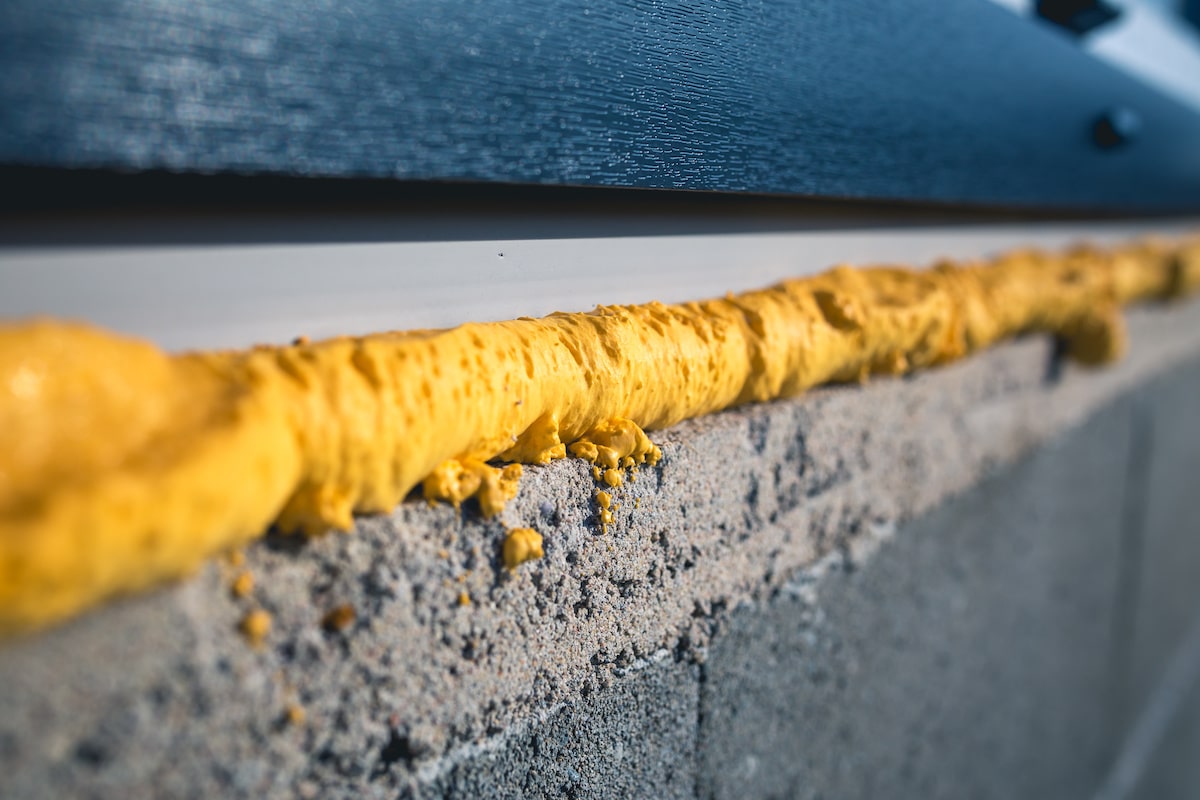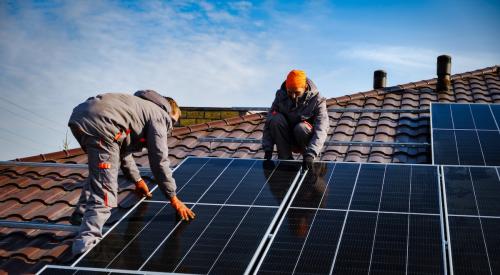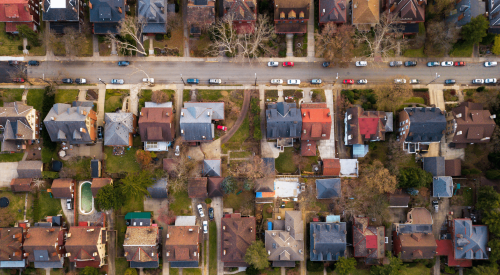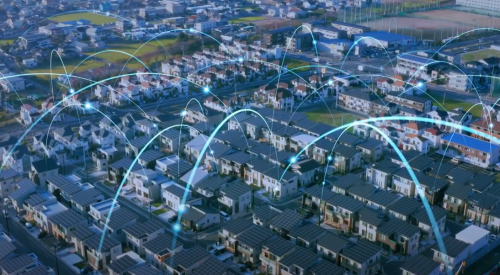A burgeoning focus on energy efficiency is sweeping through the residential construction sector and leading to a more widespread adoption of high-efficiency appliances, insulation, and other home products in new builds, but existing homes can benefit from energy upgrades too—in the form of retrofits. A recent Supreme Court decision limits the federal government’s ability to regulate greenhouse gas emissions, leaving the responsibility and control over sustainable building practices in the hands of builders and remodelers themselves.
Roughly 20% of all U.S. greenhouse gas emissions can be traced directly to housing, but current energy retrofits have been proven to reduce individual home energy use by 30 to 70 percent, according to Harvard University’s Joint Center for Housing Studies. Best of all, these monumental savings are increasingly attainable. The question is, where to begin?
Why upgrade existing homes?
Energy efficient retrofits require behind-the-scenes remodels that may not make any noticeable changes to the eye, but result in a big payoff when the energy bills roll in. A light energy efficiency retrofit for a typical existing home can deliver “a whopping 18.5% return annually, nearly double that of long-term stocks,” the American Council for an Energy-Efficient Economy (ACEEE) reports.
One case study conducted in Orlando, Florida found that energy efficient upgrades on multifamily buildings saved each tenant an average of $272 annually, amounting to a total $68,913 in savings on annual electric bills across 232 apartments with upgrades. 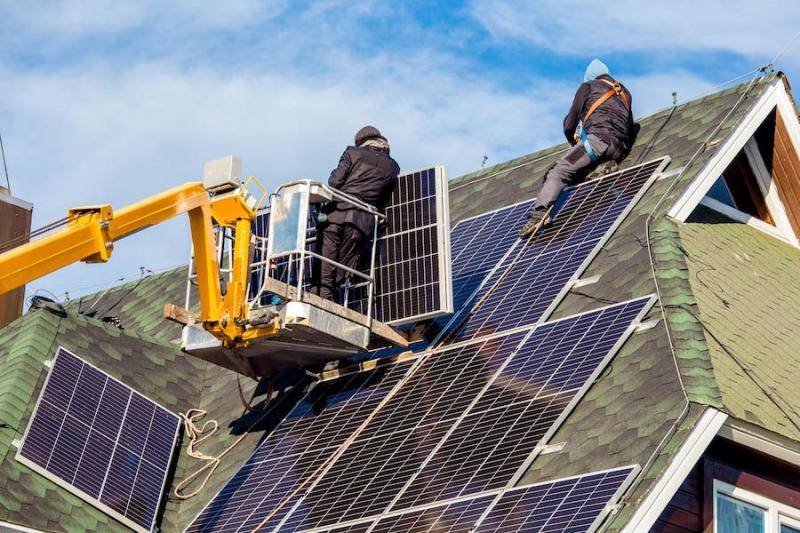
Upgrades to insulation, HVAC, and appliances can amount to a much higher return than that of residential rooftop solar, but when paired together, homeowners can get a much bigger bang for their buck. A recent study by the National Renewable Energy Laboratory (NREL) revealed that for a home with a solar power system, every dollar saved on energy increases a home’s value by $20, meaning that “a solar energy system that saves $200 per year would also add $4,000 to the value of a home,” NREL reports.
Even simple changes like switching to LED light bulbs or purchasing insulated shades can limit energy consumption and improve comfort, but for more comprehensive energy savings, larger retrofits like installing electric heat pumps and replacing windows ensure lasting efficiency and cost-effectiveness. Apart from cost savings amplified by solar panels, more substantial changes like switching to air source heat pumps in cold climates can save homeowners an average of $948 per year when compared to electric resistance heaters, BlocPower reports.
The push for energy retrofits in existing homes has grown internationally over the last decade, and more than ever before, builders are rising to the occasion to decarbonize older homes as well as newer ones. By 2040, approximately two-thirds of global building stock will consist of units that already exist, and according to Architecture 2030, they’ll still be emitting harmful greenhouse gases without energy upgrades.
Which homes benefit the most?
According to the Department of Energy’s Low-Income Energy Affordability Data (LEAD) Tool, the national average energy burden for low-income households is 8.6%, roughly three times higher than the average 3% energy burden for non-low-income households, but energy retrofits aren’t affordable for everyone.
Luckily, $6.5 billion in new weatherization and energy efficiency funding was passed in the bipartisan 2021 Infrastructure Investment and Jobs Act to assist low-income households with structural and energy efficient home improvements. “In the Bipartisan Infrastructure Law, Department of Energy is charged with investing an additional $6.5 billion to support weatherization and other energy efficiency improvements to reduce energy costs for American families, businesses, schools, and communities, improve comfort and health, and cut carbon and air pollution, which disproportionately harms lower-income communities and communities of color” the legislation states.
Even more recently, the US Department of Energy released the Weatherization Assistance Program’s IIJA funding availability notice on March 30, providing hundreds of communities across the United States with opportunities to deliver whole-home retrofits for low-income housing.
Apart from costs, a home’s age and geographic location can determine the most beneficial level of retrofits capable of having the greatest long-term impact. More than four in ten (44%) of homes currently occupied in the United States were built before the advent of building codes in 1975, according to the U.S. Census Bureau, and while many still lag behind on energy efficiency, all can benefit from newer and more sustainable retrofits.
According to the ACEEE, “Older homes in cold, mixed-humid, and marine climates benefit most from envelope upgrades (e.g., new windows; attic, wall, floor insulation) that can significantly cut energy use and emissions.” Still, even newer homes in warmer climates can be renovated for energy savings. When made cost-friendly and accessible for all, energy efficiency retrofits can benefit both homeowners and the environment as a whole, the National Renewable Energy Laboratory (NREL) reports.
Where do retrofits come into play inside the home?
Energy efficient retrofits can be all-encompassing depending on the home’s characteristics and the size of the project’s budget, but a few key components are essential to remodeling a home for maximum sustainability. 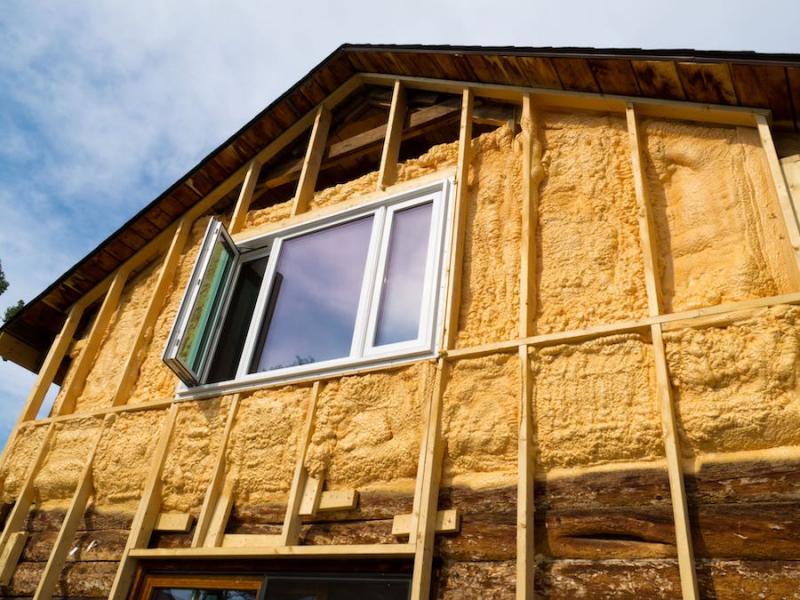
Structural Insulated Panels (SIPs) are growing in popularity in residential construction because unlike traditional framing, they also act as insulation, thus cutting down construction time and improving the quality of the home’s frame. Whether reconstructing or adding smaller renovations, insulation is vital for climate control inside the home, which amounts to substantial energy savings, according to the Structural Insulated Panel Association. An energy-efficient house has much higher insulation R-values than traditional homes, but the most effective R-value depends on where the home is located.
While homeowners can’t control temperatures outside of the home, efficient HVAC systems can regulate heating and cooling indoors. Heat recovery ventilators (HRV) and energy recovery ventilators (ERV) salvage “70 percent of the energy from the stale exhaust air and transfer that energy to the fresh air entering by way of a heat exchanger inside the device,” according to the NREL. For that reason, HRV and ERV systems are becoming increasingly popular in new builds and in remodels for existing homes.
The typical home loses 25% of its heat through its windows, the U.S. Department of Energy claims, but double pane windows or ENERGY STAR-rated windows lock in heat with added insulation. Remodelers can also experiment with solar tempering to orient windows according to the position of the sun throughout the day.
Energy efficient appliances range in capabilities and price, but all provide some degree of insurance against energy costs and are one of the simplest energy retrofits to add into an older home. All major appliances have an EnergyGuide label to help homeowners shop for washers, dryers, refrigerators, dishwashers, and other kitchen and bath essentials based on energy output.
Energy retrofits come in a seemingly endless array of home products and improvements, which, when combined, offer a whole-house approach to sustainability and, in turn, savings.
